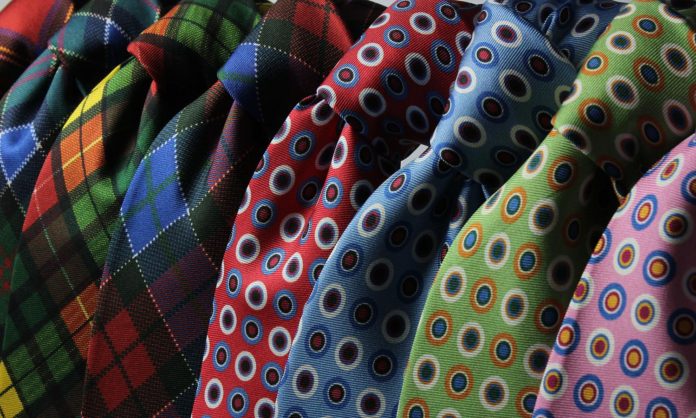
In a post on Writers Helping Writers, Becca Puglisi says that clothes do make the character. “Clothing and other appearance choices are one way we interpret and reflect reality—the reality of who we are, of our passions,” she says. “Sometimes, it’s the reality we want to project (as opposed to what’s actually real).”
Clothing can help you define and reveal character in subtle ways. With just a few words, a reader can learn a lot about character whose job requires a uniform, a three-piece suit, or speciality accessories. Clothing is another way to anchor your characters in time and place, or set the mood in your genre novel.
Clothing also reveals personality. “A character who is flamboyant will dress differently than someone who is simple or traditional or lazy,” Puglisi writes. “Our personality absolutely influences how we dress, so know your character’s dominant traits, and outfit them accordingly.” Social groups, fandoms, and interest groups also often have specialized clothing or accessories they use to set themselves apart.
Does your character stand out? Showing how your character’s deviates from expected social norms can also reveal their personality. “Wearing colorful knee socks with a school uniform, only wearing certain colors, or making their own uniquely styled clothes are all ways to show that a character is swimming against the current,” Puglisi notes. “More information is needed for readers to know exactly how or why they’re different, but clothing is a good starting point for revealing this desire to break from the pack.”
Clothing can also help characters keep secrets, such as scars, bruises, pregnancy, poverty, poor self-esteem, or heritage. Fashion choices can also reveal state of mind. “If a fashion-conscious or fastidious character starts living in threadbare leggings and stained shirts, that’s a clue that something is going on with them,” Puglisi writes. “Likewise, when an emo character suddenly starts wearing bright colors and clothing with cheery slogans, readers will sit up and take notice because it doesn’t fit with what they know about them.”











